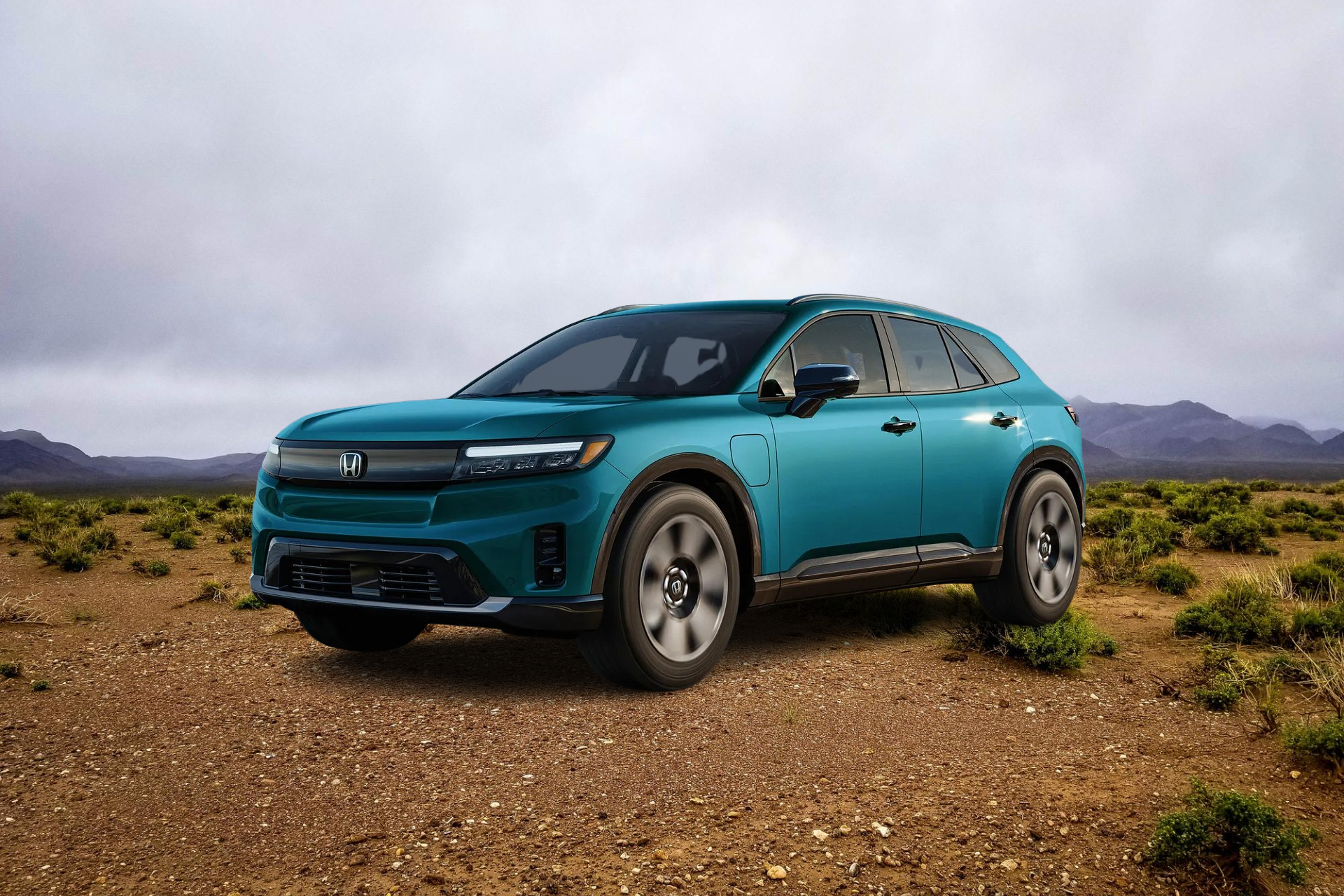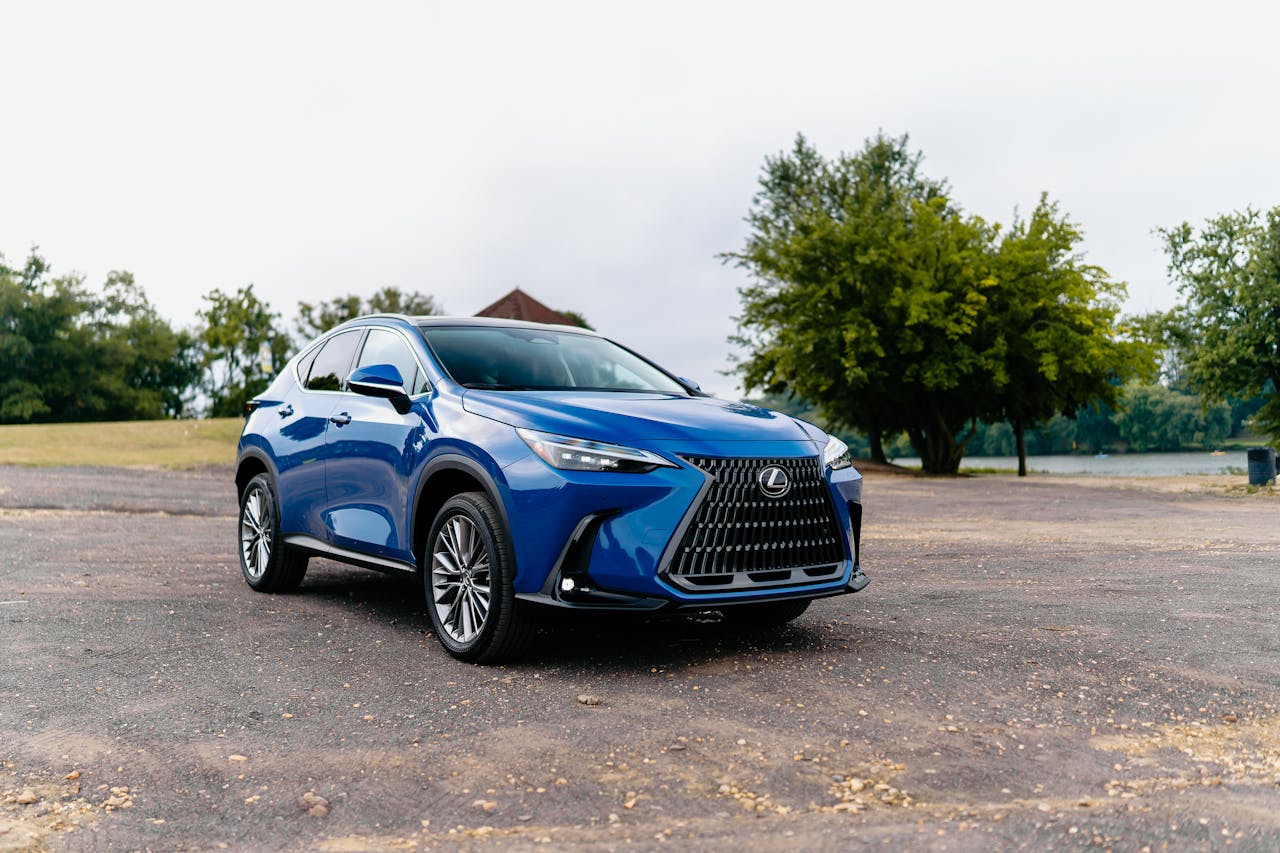TATA Electric Car
“The goal is to deliver electric vehicles to market,” Shailesh Chandra, head of passenger automobiles at Tata Motors, told newshounds, adding that the employer will paintings with traders centered on “a world without carbon emissions “.
The company is now laying the groundwork for what it believes will be an ongoing revolution in the Indian auto industry in the coming years. from its hugely popular Nexon electric vehicle, which currently receives around 3,500 orders a month. Perhaps this is why it comes as no surprise that in September a subsidiary formed by the company became the most valuable electric vehicle company in India, receiving $ 1 billion from big private equity TPG Rise Climate.
Is Nexon EV fully electric?
The electric vehicle subsidiary, which the company calls EvCo, will focus on passenger electric vehicles, while the passenger business unit will own existing assets such as manufacturing facilities, dealerships, and brands. N. Chandrasekaran, President of Tata Sons, said the company will build a portfolio of 10 EVs over the next five years and, in partnership with Tata Power, will catalyze charging infrastructure to facilitate rapid adoption of EVs in India. He added that the goal is “to create a passenger electric vehicle business that can shape the Indian market.”
In order to fulfill the contract, Tata hopes to start production of Tigor compact cars equipped with electric motors at its Sanand plant in Gujarat. Tata Motors will supply electric vehicles to Energy Efficiency Services Limited (EESL), a subsidiary of the Ministry of Energy, in two phases. The company expects to provide the first batch of 500 electric vehicles in November this year. Tata Motors produces two electric vehicles in India, including the Nexon EV.
Tata Motors dominates electric vehicle sales in India with its Nexon electric SUV and Tigor compact electric vehicles, and plans to launch 10 new electric models by 2025. Tata Motors dominates the sales of India’s emerging electric vehicle market with its Nexon and Tigor compact electric SUVs and plans to launch 10 new electric vehicles by 2025.
The industry in India is in its early stages and Tata only offers two electric vehicle models on the market. India only sells about 2,000 electric vehicles a year on a sales volume of 4 million vehicles a year.
The introduction of the Tata Nexon EV is arguably the country’s best attempt to make EVs available to Indian buyers. IHS Markit expects electric vehicles to account for 4% of total Indian auto market sales by 2030.
Tata Motors is one of India’s largest automakers and also owns Jaguar Land Rover. It has the largest share of the country’s electric vehicle market, accounting for approximately 70% of sales. The TPG agreement is undoubtedly a huge boost for Tata Motors’ future electric vehicle plans and the entire Indian electric vehicle industry, as it will promote investment in the required industries. Sartak Shukla, founder and CEO of eVolt India, an electric vehicle charging infrastructure company, said: “About importing through local manufacturing and expanding the scale of the electric vehicle ecosystem.” Chandra said that Tata also owns Tata Chemicals and Tata Motors and other group companies cooperate to establish the advantages of an electric vehicle ecosystem.
But when the U.S.-based private equity firm TPGs Rise Climate Fund and Abu Dhabi’s ADQ Holdings announced on October 12 that they would invest US$1 billion in Tata Motors’ electric passenger vehicle business, the industry received huge gains. promote. Reuters, New Delhi, October 13-Indian automaker Tata Motors announced on Tuesday that Tata Motors will be in its electric vehicle (EV) business within the next five years. More than 2 billion U.S. dollars have been invested in Shanghai. He raised funds from the private equity firm TPG.
Natarajan Chandrasekaran, President of Tata Sons, speaks during the launch of the Tata Nexon electric vehicle, in Mumbai, January 28, 2020. Worries about range, charging infrastructure, battery replacement costs. This is Nexon EV, the first Tatas. electric SUV for the masses. The Tata Nexon EV is based on a rebuilt Nexon and has the same redesigned front and redesigned rear.
The closed grille, three-arrow design elements, and blue decorations make this Nexon all-electric. Building on the IMPACT 2.0 design philosophy, the Nexon EV features a vertical positioning that includes new headlights with double LED DRLs, an updated grille that’s much flatter, and a large air damper with a three-arrow signature. In addition, the Nexon EV is also India’s safest electric SUV with a five-star safety rating in GNCAP crash tests. If you’re unfamiliar with EV, you’ll be amazed at how quiet an EV can be, and the Nexon EV is no different.
127 hp electric motor / 245 Nm of torque is coupled to a single-speed automatic transmission. As part of Ziptron technology, the electric motor is paired with a 30.2 kWh liquid-cooled lithium-ion battery that provides an ARAI-certified range of 312 km. There is a permanent magnet AC motor that provides 312 km of travel on a single charge.
Due to its powerful motor and battery, it provides excellent performance. It has a DC motor under the hood, which can provide 129bhp of power to the front wheels. And 245 Nm. Nexon EV is also equipped with a high-pressure transmission system using the company’s Ziptron technology. But the electric Tigor only has a 16-kilowatt-hour battery pack and a 40-horsepower engine.
The Tata Tigor EV features proprietary Ziptron EV technology and offers a claimed range of 306 km. Tata electric vehicles (50,000 km/year) have already reached their nominal cost of ownership with CNG and diesel. For the rapid adoption of electric vehicles, it is critical to have leverage such as vehicle financing, public and home charging infrastructure, electronic drivetrain, and electrical component placement. To this end, the Tata Group has teamed up to create an ecosystem of electric vehicles.
The Tata EV UniEVerse, released alongside the Nexon EV, is based on this concept. Therefore, to advance this story, Tata Motors has brought in 10 new EVs by actively investing in powertrains, products, platforms, and more, while leveraging the charging infrastructure. To fund this growth, the EV business will need significant investments to meet our goals.
However, for at least the next decade, ICEs and EVs will coexist in India and provide OEMs with significant growth opportunities in both of these areas. While the pace of the transition from ICE vehicles to electric vehicles is much faster in three- and two-wheeled vehicles, urban India is expected to gradually connect to electric vehicles. While light electric vehicle sales currently account for less than 1% of total light-vehicle sales in India, the market is strong.
Also Read:MG ZS EV Speed, Price, Range and Specs Reviews
Interestingly, among these vehicles, the Tata Nexon EV accounted for 58% of the market, while others like the MG ZS EV, Tata Tigor EV accounted for 13% of the market. While the Nexon EV with 3,618 units is the best-selling electric vehicle in India and holds 58% of the market, the Tigor EV with 801 units has 13% and is ranked third in the electric vehicle rankings.



